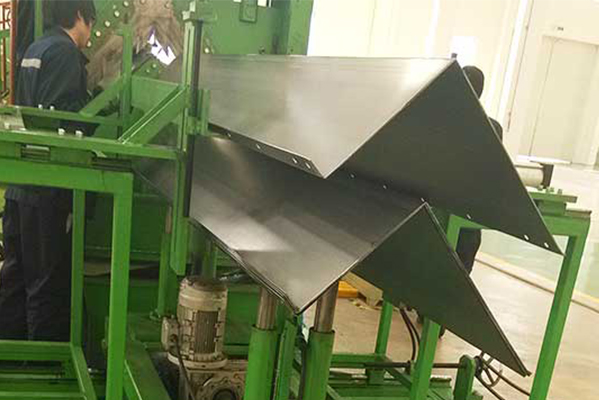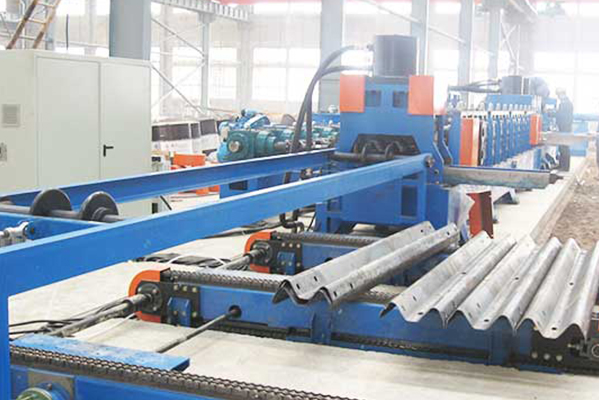Navigation Menu
Contact Us
- Email:
- info@wxavatar.com
- Address:
- Yurong Village, Yuqi Street, Huishan District, Wuxi, China.
Release Date:Apr 16, 2025 Visit:51 Source:Roll Forming Machine Factory
A rolling machine is a mechanical device designed to shape and process various materials, primarily metals, by passing them through rotating rollers. It is widely used in manufacturing and metalworking industries to alter the thickness, shape, or surface finish of materials efficiently.
Key Functions of a Rolling Machine
Material Shaping
Rolling machines apply pressure to deform metal sheets, plates, or bars, transforming them into desired shapes such as flat sheets, curved panels, or cylindrical forms.

Thickness Reduction
By compressing materials between rollers, these machines can uniformly reduce thickness while maintaining structural integrity, ensuring consistent product dimensions.
Surface Smoothing
The rolling process can enhance surface finish by eliminating imperfections, resulting in smoother and more uniform material surfaces.
Strength Enhancement
Rolling can improve material strength and hardness through work hardening, making the final product more durable for industrial applications.
Versatility in Production
Rolling machines accommodate various materials, including steel, aluminum, and copper, supporting diverse manufacturing needs across industries like automotive, construction, and aerospace.
Common Types of Rolling Machines
Flat Rolling Machines: Used to produce flat sheets or strips.
Profile Rolling Machines: Shape materials into specific cross-sectional profiles.
Ring Rolling Machines: Form metal into seamless rings for bearings and other components.

Conclusion
Rolling machines play a crucial role in modern manufacturing by efficiently shaping, thinning, and strengthening materials. Their precision and adaptability make them indispensable in producing high-quality metal products for various industrial applications.